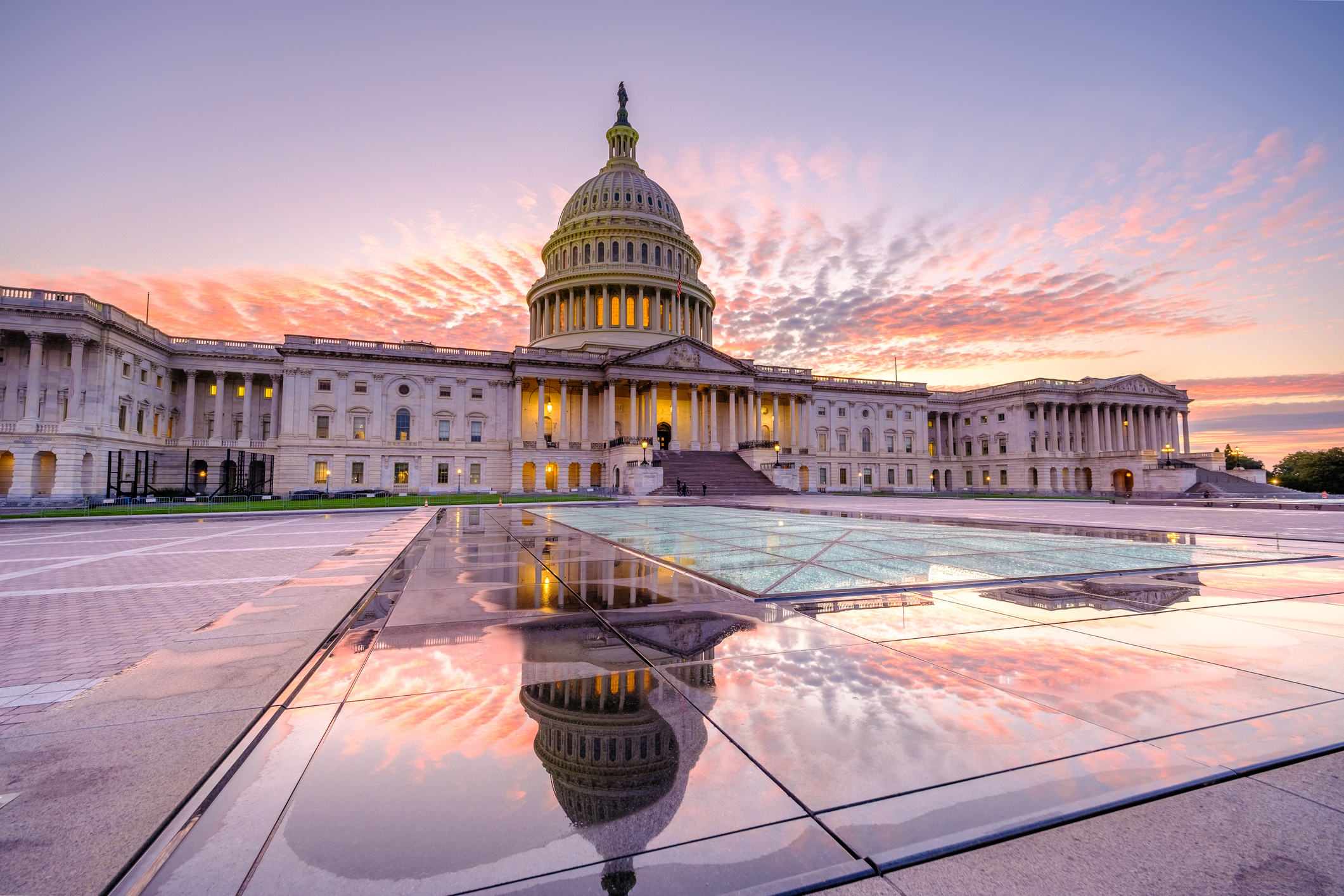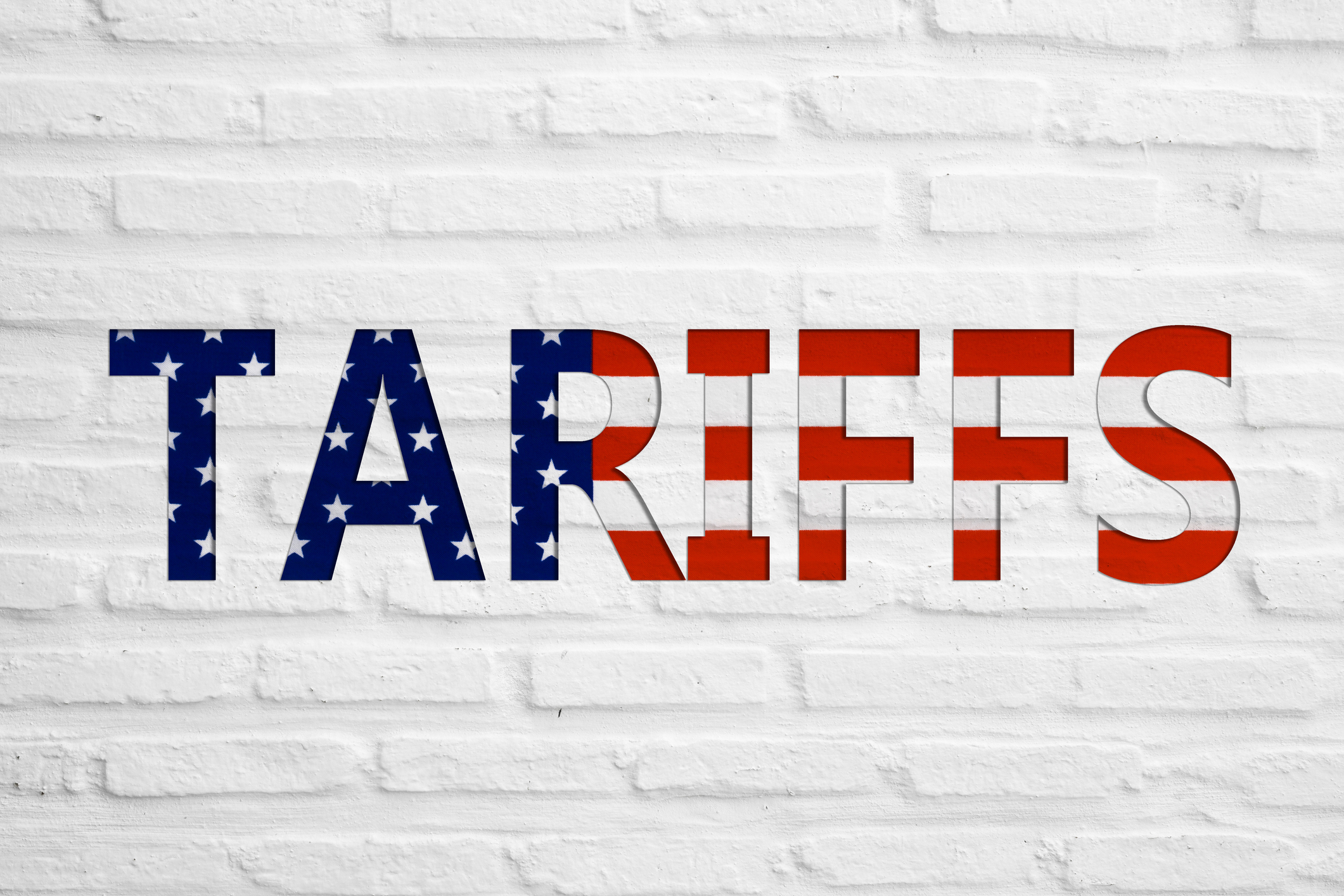What the Midterm Elections Mean to Your Money
Regardless of the results of the election, putting an end to the uncertainty is likely to be a plus for your portfolio.

As Americans head to the polls, it’s probably safe to say that the outcome of the 2018 midterm elections will be among the most closely watched in memory. But, politics aside, what should investors be on the lookout for?
If history is a guide, Americans can expect a power shift in Congress. But history also shows that whether your party is victorious or not, your portfolio is likely to survive the midterms unscathed—and maybe a little ahead. “There’s so much focus on the midterms because of the polarized nature of the electorate,” says Mike Ryan, chief investment officer for the Americas at UBS Global Wealth Management. “Elections matter, but they’re not the only thing and not the most important thing” for stocks, Ryan says.
Incumbent parties tend to lose ground in midterm elections. Since 1910, the party in the White House has lost 31 seats, on average, in the House of Representatives and four seats in the Senate, according to UBS. The Democrats need to flip 23 Republican seats to gain control of the House—and they’re likely to gain a modest majority there, predict UBS and other political handicappers. The Senate, however, will likely remain in Republican control. Just nine GOP seats are up for grabs, compared with 26 for Democrats and left-leaning Independents.

Sign up for Kiplinger’s Free E-Newsletters
Profit and prosper with the best of expert advice on investing, taxes, retirement, personal finance and more - straight to your e-mail.
Profit and prosper with the best of expert advice - straight to your e-mail.
In that divided-Congress scenario, to which UBS assigns the highest probability (60%), expect some gridlock when it comes to passing legislation but continued deregulation by means of executive action, as well as further use of tariffs to pressure trading partners. Democratic control of key House committees means the potential launch of investigations against the Trump administration that could roil markets from time to time. The bigger risk for investors is if mild gridlock turns into extreme gridlock. The current government spending agreement expires in September 2019, and Congress will need to act to avoid a repeat of the fiscal-cliff stalemate that sent Standard & Poor’s 500-stock index tumbling 18% in 2011.
What is likely off the table with a Democratic House and Republican Senate is tax reform 2.0, which would make certain provisions of the 2017 tax law permanent, locking in individual and small business tax cuts. Social Security and Medicare reforms, which might have helped offset the effect of the tax cuts, are also likely off the table.
There are a couple of areas of likely agreement or at least compromise between the parties, UBS says. One is spending for infrastructure, which would benefit industrial firms. The other is drug price controls, which could pressure pharmaceutical stocks. A united Congress under a president of the same party is the best outcome for stocks historically. But even following elections in which majority rule changes in Congress, the market tends to do just fine, according to research firm CFRA.
In those instances, going back to 1946, the S&P 500 has gained an average of nearly 6% in the final quarter of a midterm election year and 13% in the year following the election.
Whatever you do, don’t let a fixation on politics distract you from matters more important to the market, such as the pace of earnings and economic growth, say strategists at Morgan Stanley. In a midterm election analysis, they write: “We think investors will fare better focusing on fundamentals and the Fed instead of the ballot box.”
Get Kiplinger Today newsletter — free
Profit and prosper with the best of Kiplinger's advice on investing, taxes, retirement, personal finance and much more. Delivered daily. Enter your email in the box and click Sign Me Up.

Anne Kates Smith brings Wall Street to Main Street, with decades of experience covering investments and personal finance for real people trying to navigate fast-changing markets, preserve financial security or plan for the future. She oversees the magazine's investing coverage, authors Kiplinger’s biannual stock-market outlooks and writes the "Your Mind and Your Money" column, a take on behavioral finance and how investors can get out of their own way. Smith began her journalism career as a writer and columnist for USA Today. Prior to joining Kiplinger, she was a senior editor at U.S. News & World Report and a contributing columnist for TheStreet. Smith is a graduate of St. John's College in Annapolis, Md., the third-oldest college in America.
-
 Who Pays the Most Taxes in the U.S.? Tax Burden by Age
Who Pays the Most Taxes in the U.S.? Tax Burden by AgeTax Burden Polls show that most people feel like taxes are unfair. But which age group bears the brunt of the tax burden in the United States?
By Kelley R. Taylor
-
 Tax Day 2025: Don’t Miss These Freebies, Food Deals and Discounts
Tax Day 2025: Don’t Miss These Freebies, Food Deals and DiscountsTax Day You can score some sweet deals on April 15 in some select restaurants like Burger King, Shake Shack, and more.
By Gabriella Cruz-Martínez
-
 Are You Ready to Pay More Taxes to Save Social Security?
Are You Ready to Pay More Taxes to Save Social Security?Social Security Across party lines, many believe saving Social Security trumps other financial considerations.
By Kelley R. Taylor
-
 ‘Are You Better Off Than You Were 71 Days Ago?’ Cory Booker Historic Senate Speech Highlights Tax Debate
‘Are You Better Off Than You Were 71 Days Ago?’ Cory Booker Historic Senate Speech Highlights Tax DebateTax Policy A speech protesting Trump’s policies, including tax plans, breaks U.S. Senate records.
By Kelley R. Taylor
-
 What’s Happening With Trump Tariffs? Updates for April
What’s Happening With Trump Tariffs? Updates for AprilTariffs Donald Trump continues to use tariffs as a central tool of his trade policy. Here’s where tariffs stand now.
By Kelley R. Taylor
-
 Taxpayer Revolt? Why More People Are Avoiding Filing Taxes This Year
Taxpayer Revolt? Why More People Are Avoiding Filing Taxes This YearTax Season It may be tempting to skip filing due to the overwhelmed IRS, but doing so could have financial and legal consequences.
By Kelley R. Taylor
-
 No New IRS Agents? What Trump’s Federal Hiring Freeze, Firings Mean for Your Taxes
No New IRS Agents? What Trump’s Federal Hiring Freeze, Firings Mean for Your TaxesIRS Will an executive order and firing IRS workers reshape the federal tax agency and impact how long it takes to get your tax refund?
By Kelley R. Taylor
-
 Can Trump Tariffs Make Childcare More Affordable?
Can Trump Tariffs Make Childcare More Affordable?Tariffs President Trump has suggested that tariffs can address the childcare crisis, but economists are doubtful.
By Gabriella Cruz-Martínez
-
 Kiplinger's Tax Map for Middle-Class Families: About Our Methodology
Kiplinger's Tax Map for Middle-Class Families: About Our Methodologystate tax The research behind our judgments.
By David Muhlbaum
-
 Wealth Taxes to Fund EVs Fails in California
Wealth Taxes to Fund EVs Fails in CaliforniaCalifornia won't raise taxes on millionaires to fund clean energy initiatives involving electric vehicles.
By Kelley R. Taylor